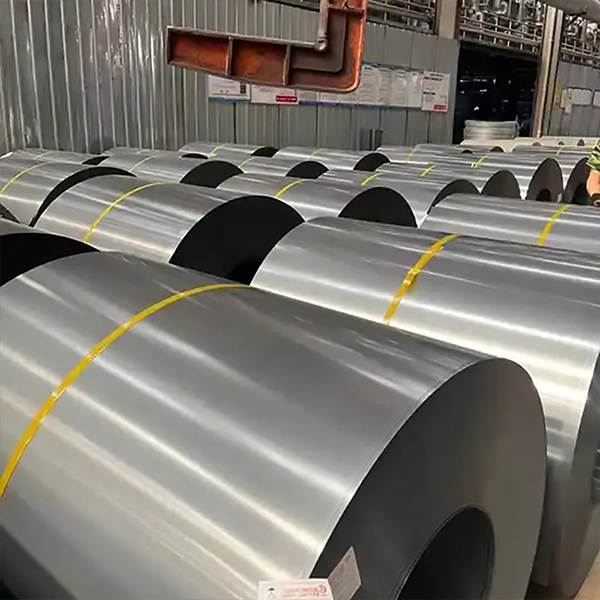
In the world of electrical motors, efficiency is paramount—and silicon steel coil plays a pivotal role in optimizing performance. Used extensively in motor stator and rotor cores, this specialized steel minimizes energy loss while maximizing magnetic flux, making it essential for everything from industrial machinery to electric vehicles (EVs). The unique properties of silicon steel contribute directly to motor efficiency, reducing heat generation and improving power output.
The primary benefit of silicon steel in motor applications is its low iron loss, which includes both hysteresis and eddy current losses. When electric motors operate, their cores undergo rapid magnetization cycles, and inefficient materials can lead to significant energy waste. Silicon steel’s high resistivity and refined grain structure help mitigate these losses, ensuring more power is converted into mechanical motion rather than dissipated as heat. Non-grain-oriented silicon steel (NGOES) is typically used in motors, as it provides consistent magnetic properties in all directions, unlike the directional dependency of grain-oriented steel.
Another advantage is its high saturation flux density, which allows motors to generate stronger magnetic fields without requiring excessive current. This property is particularly valuable in high-performance applications, such as EV drivetrains and industrial servo motors, where compact yet powerful designs are crucial. Some manufacturers further enhance performance by utilizing advanced annealing processes to optimize magnetic characteristics, ensuring minimal energy loss at high operating frequencies.
The manufacturing of motor cores from silicon steel coils involves precision stamping and stacking of laminations. These laminations are often coated with insulation to prevent eddy currents, and advancements in laser cutting have enabled tighter tolerances, reducing magnetic flux leakage. Some high-efficiency motors even employ segmented core designs to further minimize losses, particularly in variable-speed applications where traditional motors might struggle with harmonic distortions.
As global industries push for higher energy efficiency standards, silicon steel remains at the forefront of motor core materials. Innovations in alloy composition and processing continue to improve performance, making it possible to design motors that meet IE4 and IE5 efficiency classifications. Whether in household appliances, industrial pumps, or next-generation electric vehicles, silicon steel coils ensure that electrical motors operate at peak efficiency, reducing energy consumption and operational costs.
With the rise of electrification and sustainable energy solutions, the demand for high-performance silicon steel in motor applications will only increase, solidifying its status as a cornerstone of modern electrical engineering.